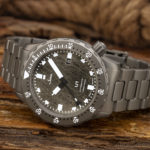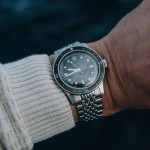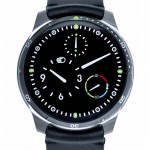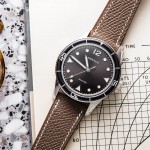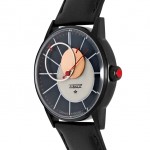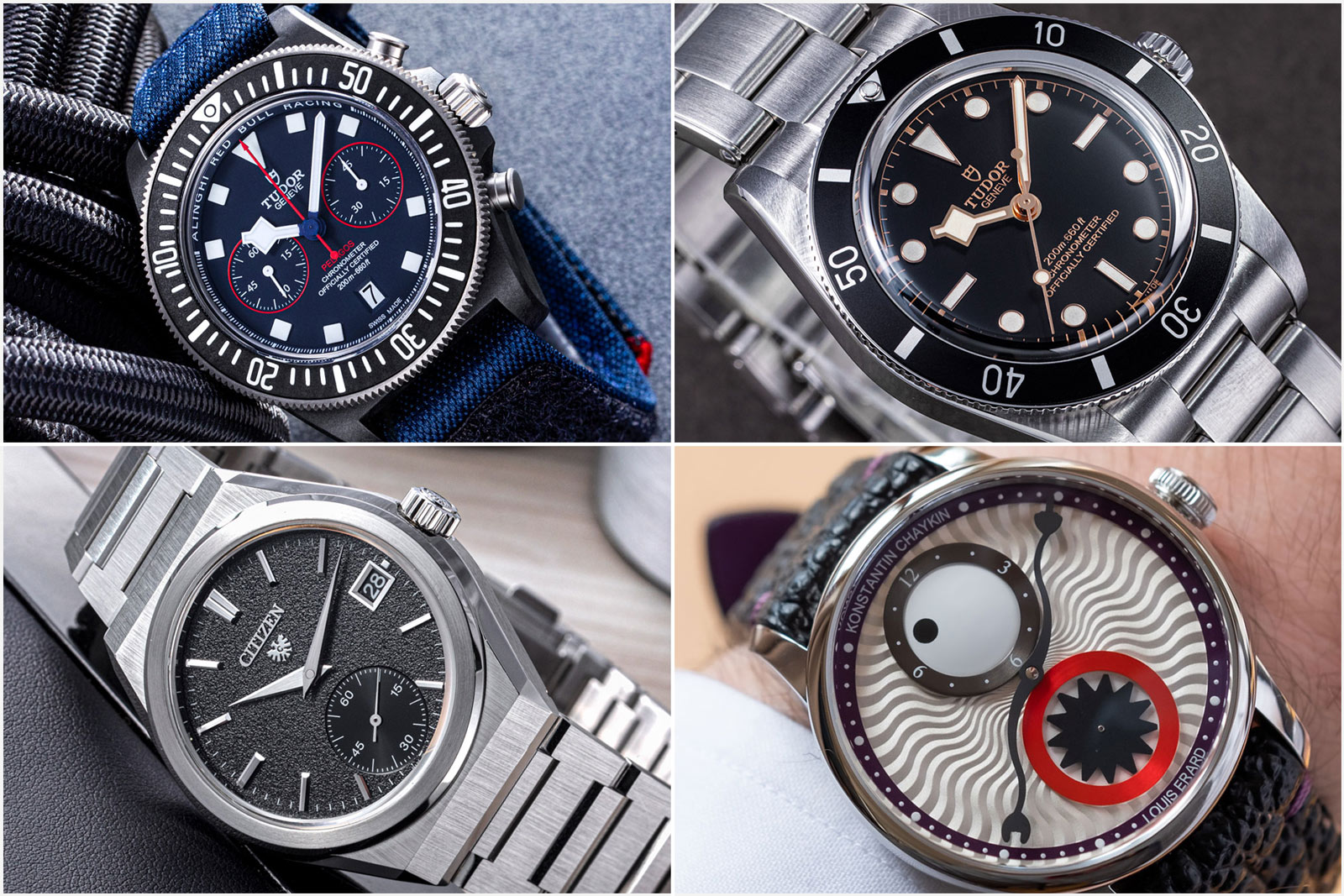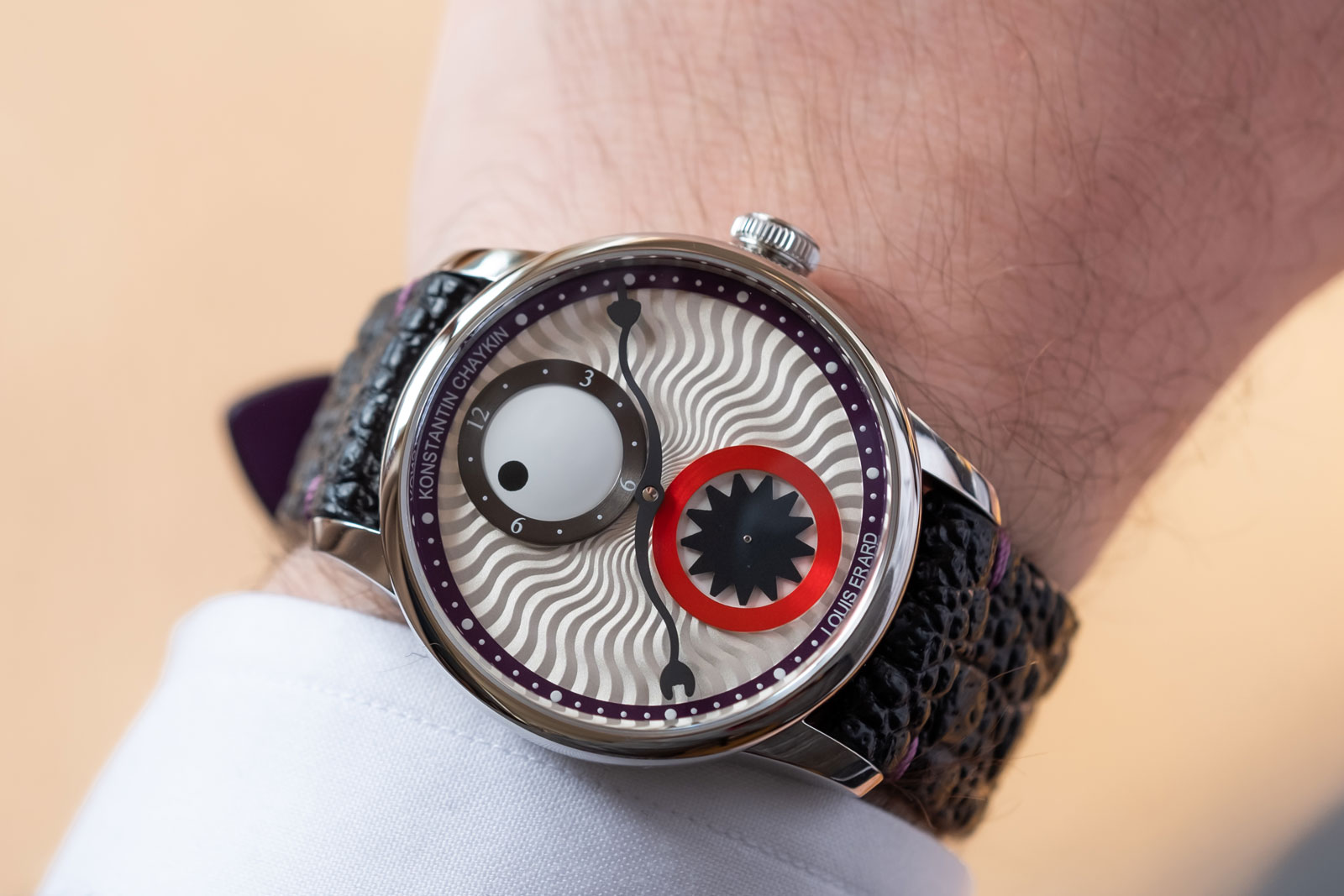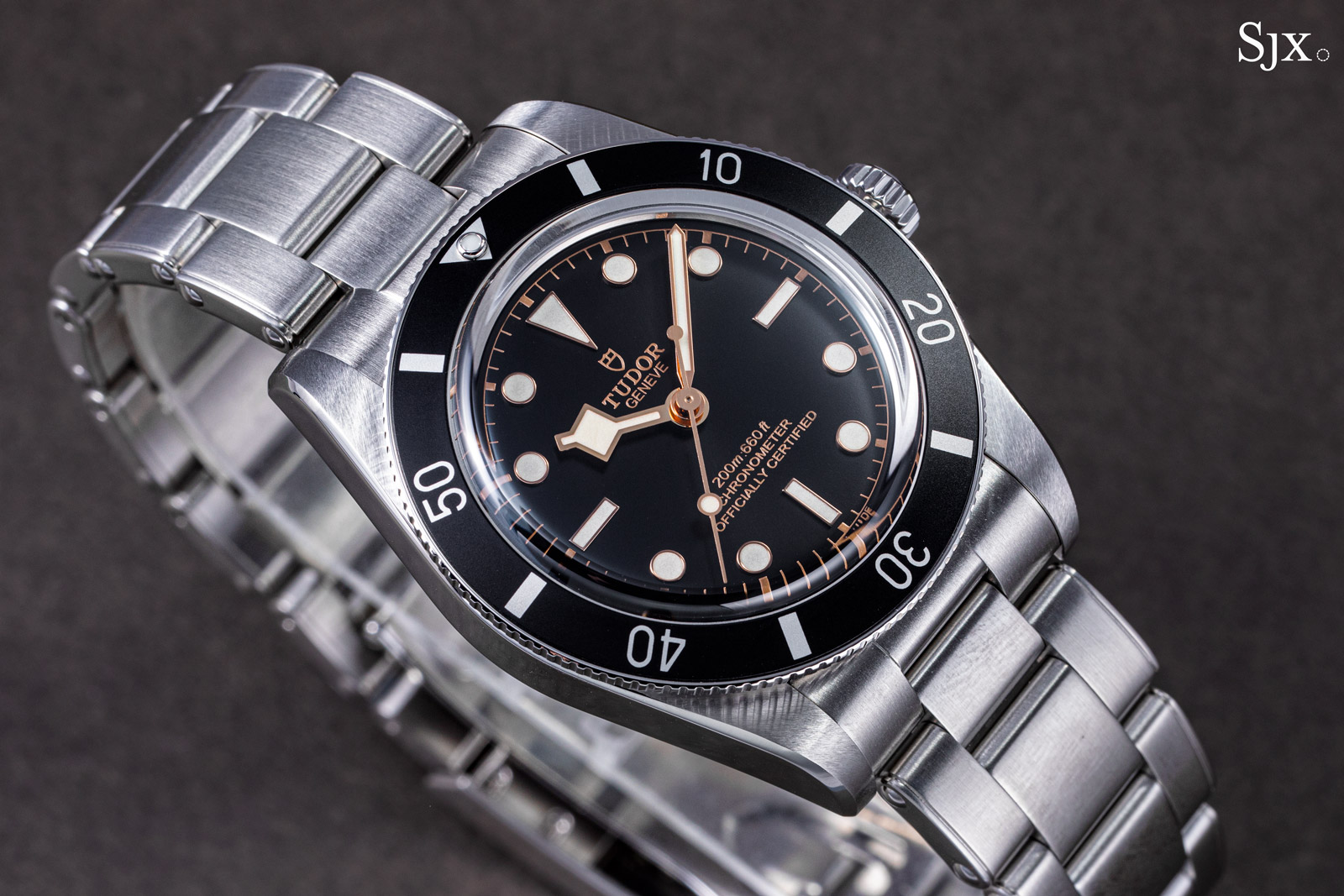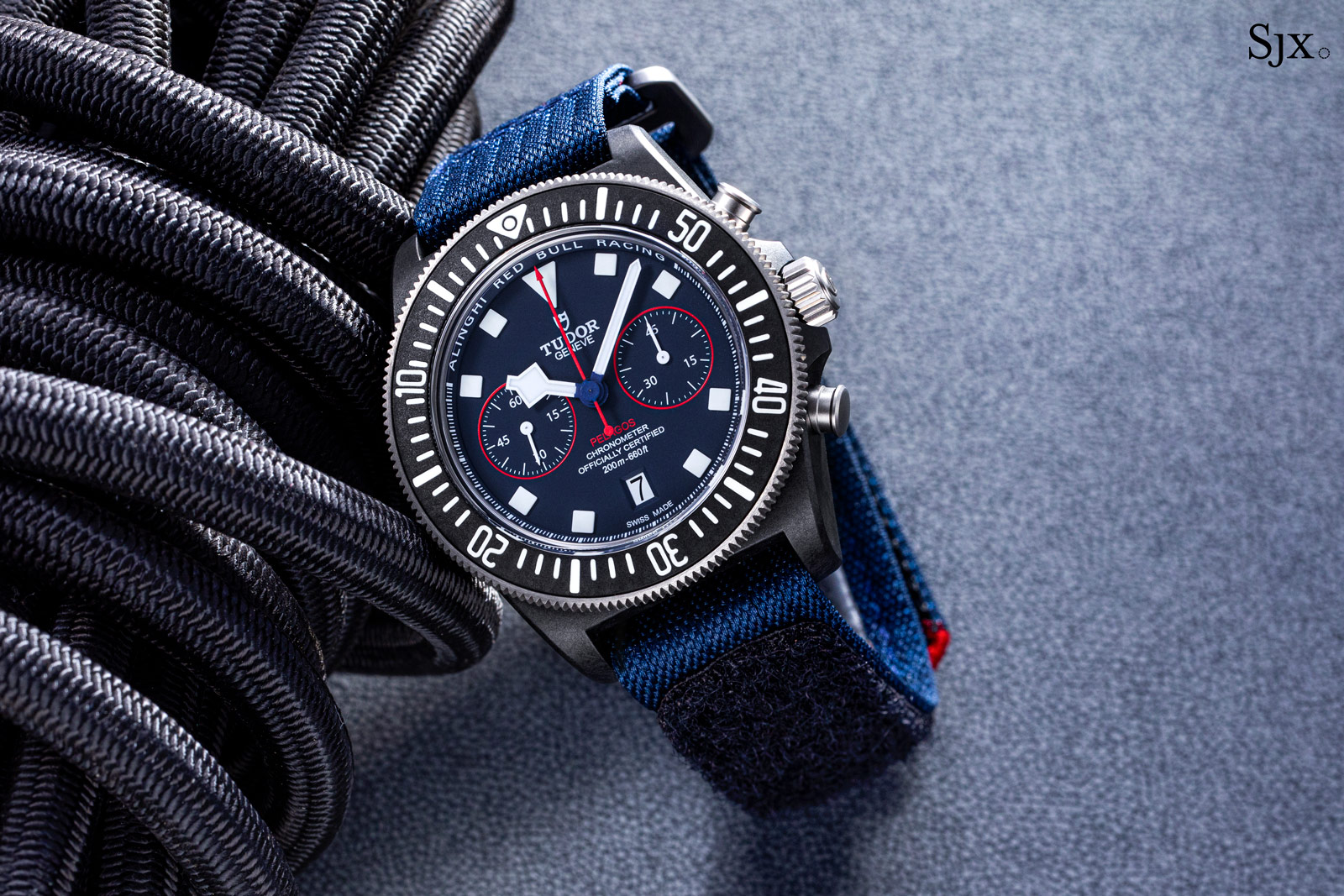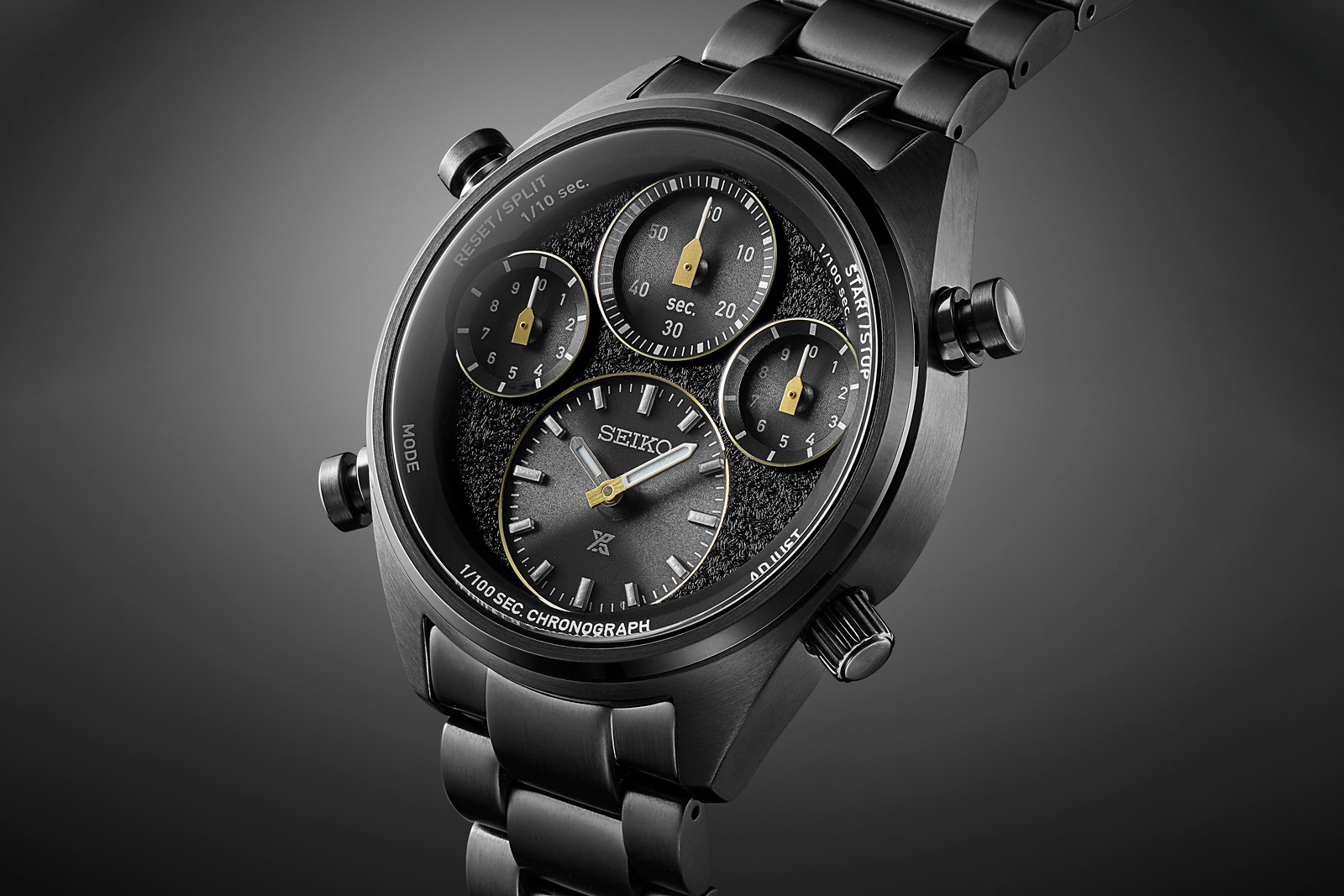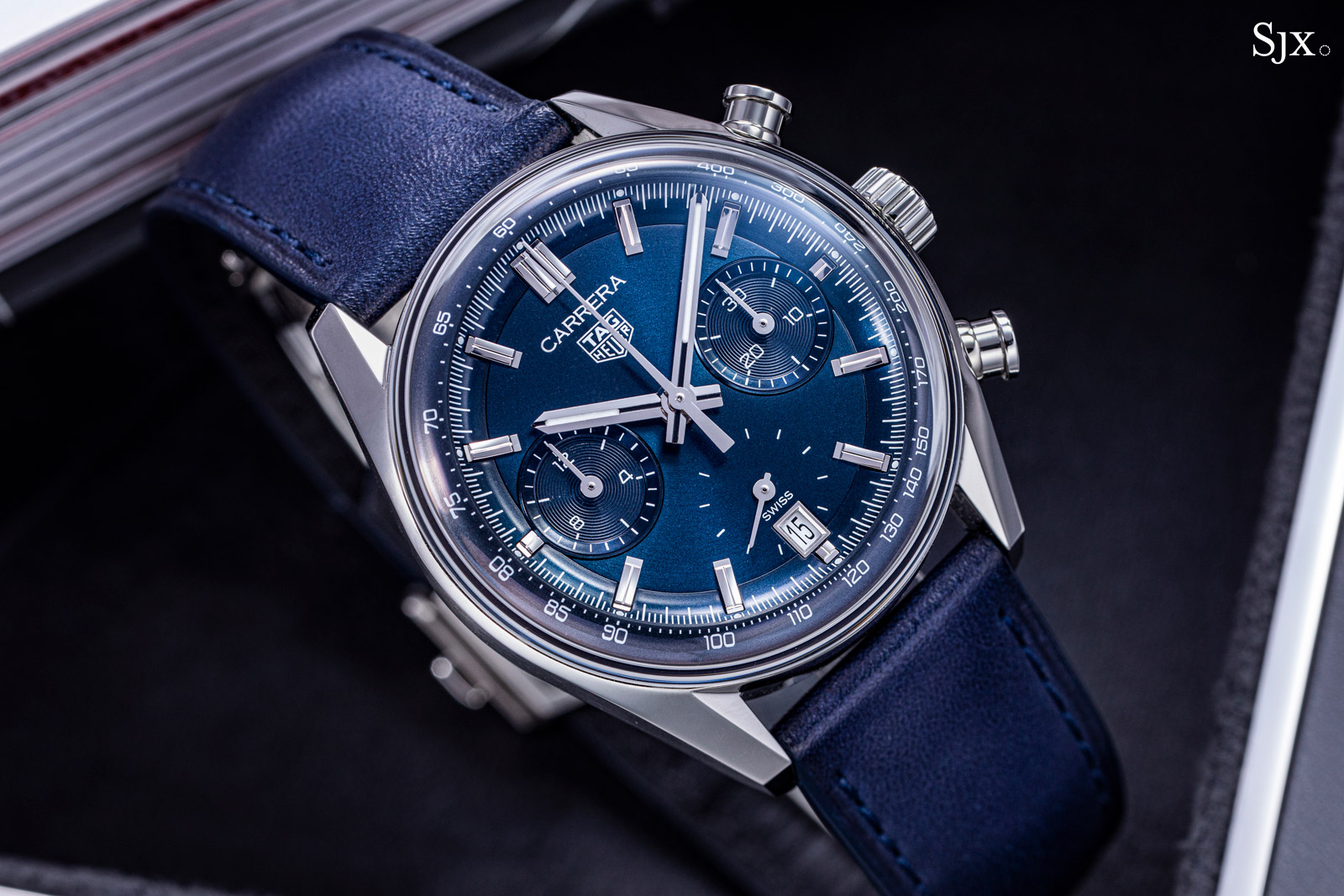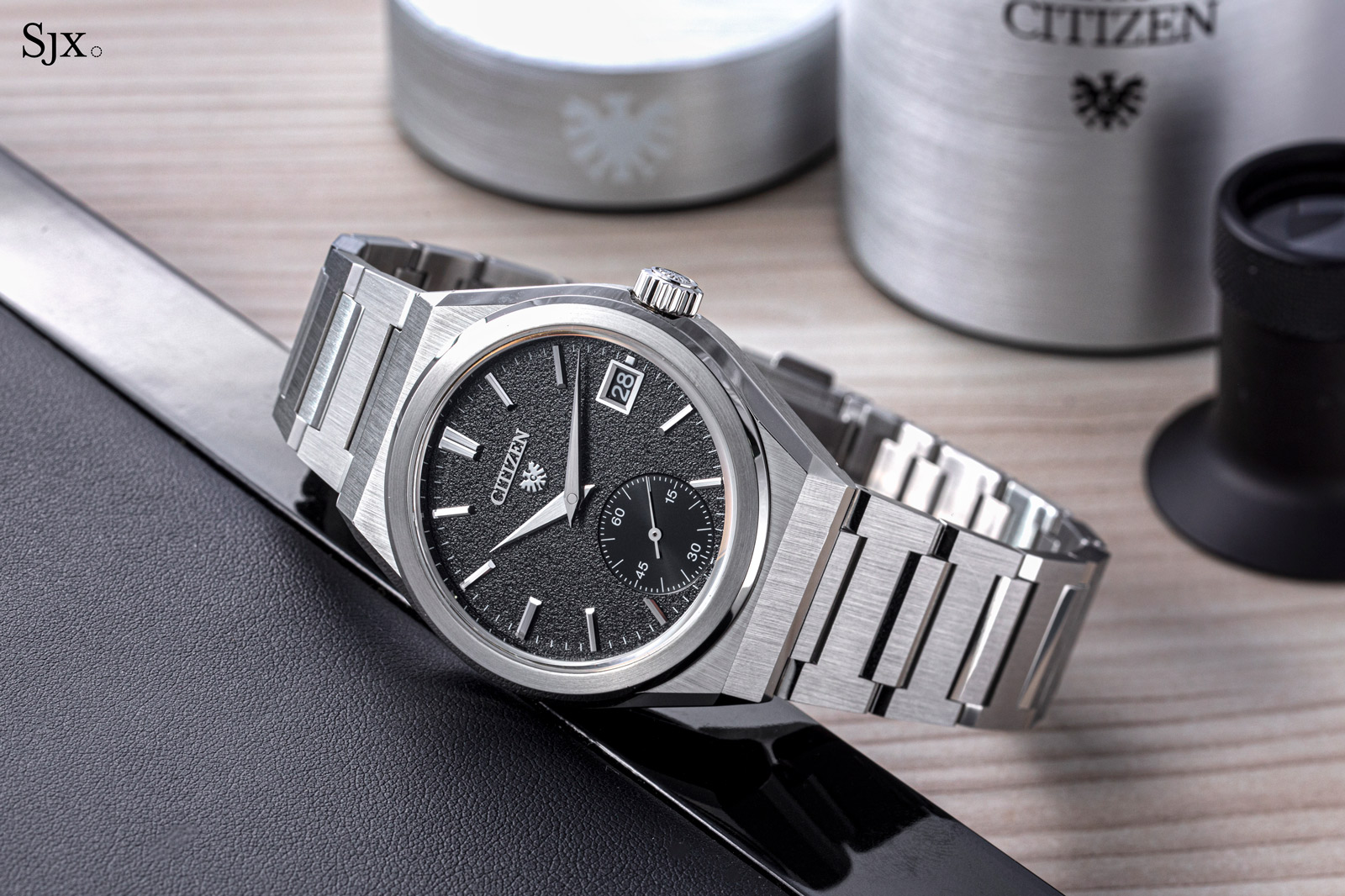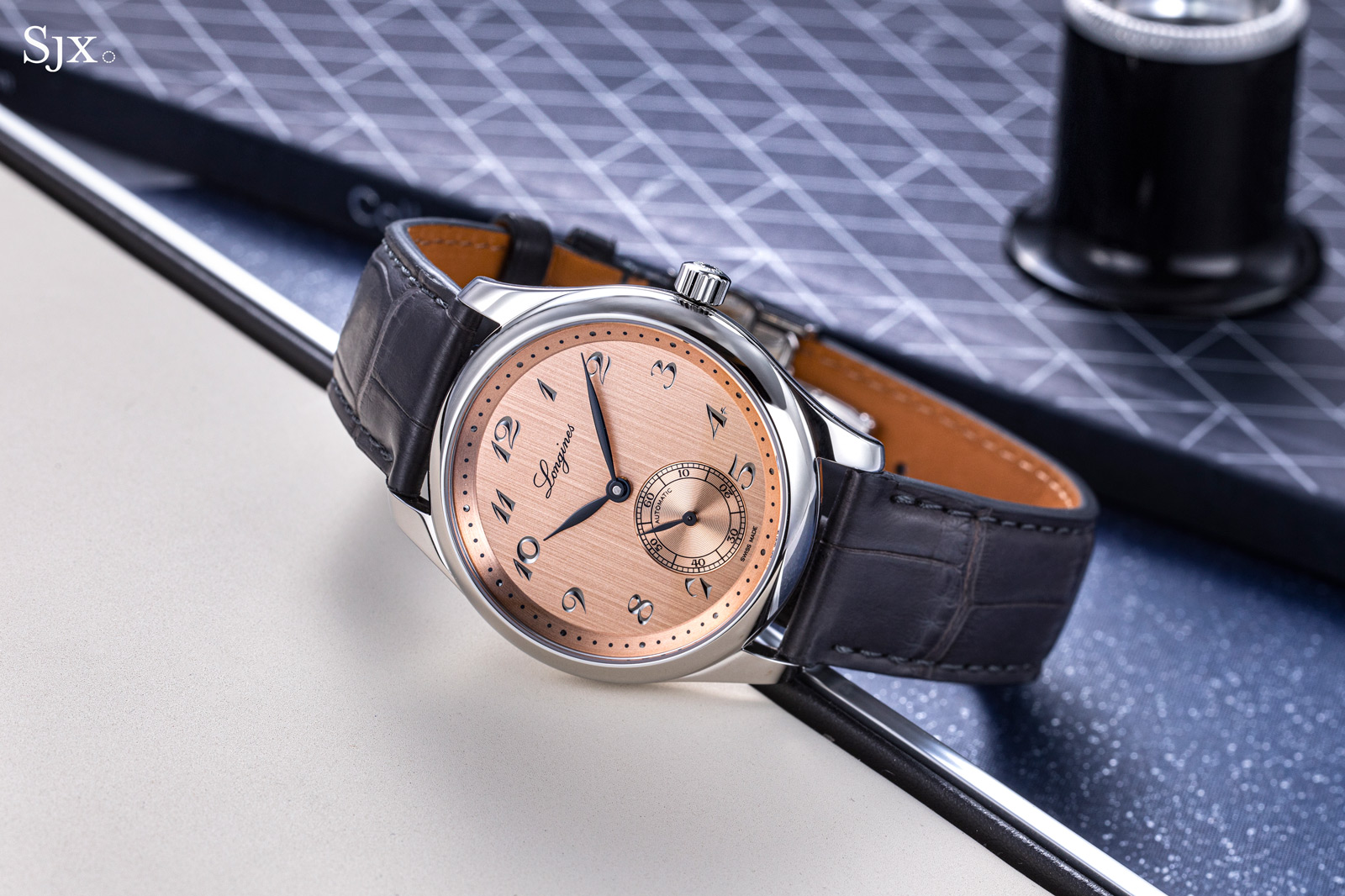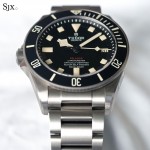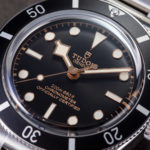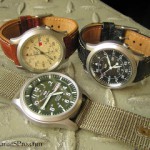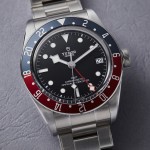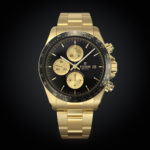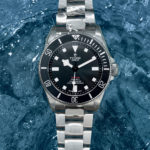Raketa’s Dive Watch is Made from a Recycled Nuclear Submarine
A little bit of an Akula-class submarine.
The Raketa Sonar is a unique take on a dive watch. Featuring a funky, 1970s design with a colourful, 24-hour display – that was designed with the help of a Soviet navy captain – the Sonar has 200 m of water resistance.
Two versions are available, a regular production and a limited edition – but it’s the latter that stands out. Both have steel cases, but the limited edition Sonar Kashalot has a bezel fabricated from titanium taken from the hull of the K-322 Kashalot, an Akula-class nuclear submarine that was deployed by the Soviet navy and decommissioned in 2019.
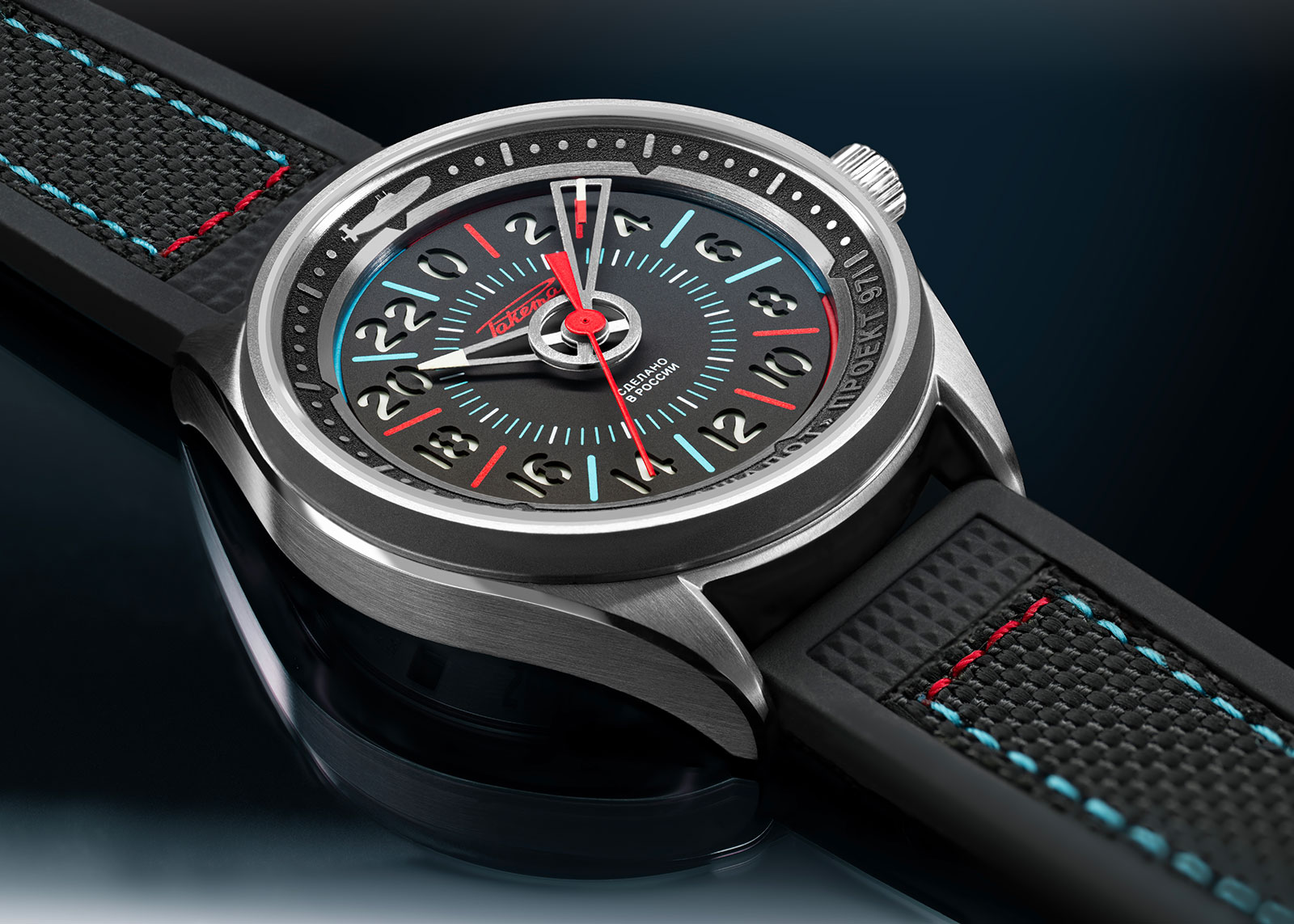
Initial thoughts
Known for its ostentatiously retro styling strongly evocative of Soviet-era timekeepers, Raketa sticks to its specialty with the Sonar. The design follows the mantra of form follows function: every aspect is catered to someone working in a nuclear-powered submariner. The 24-hour scale, for example, is useful since there is neither night nor day in a submarine. While the execution may not be to everyone’s taste, the originality of the concept is unmistakable.
Recycled metal from Soviet nuclear submarines aren’t exactly rare – the Kashalot weighed over 14,000 tonnes fully loaded – but it gives the Sonar an additional degree of novelty and appeal. The submarine-titanium bezel is, however, substantially more expensive and only found on the limited edition.
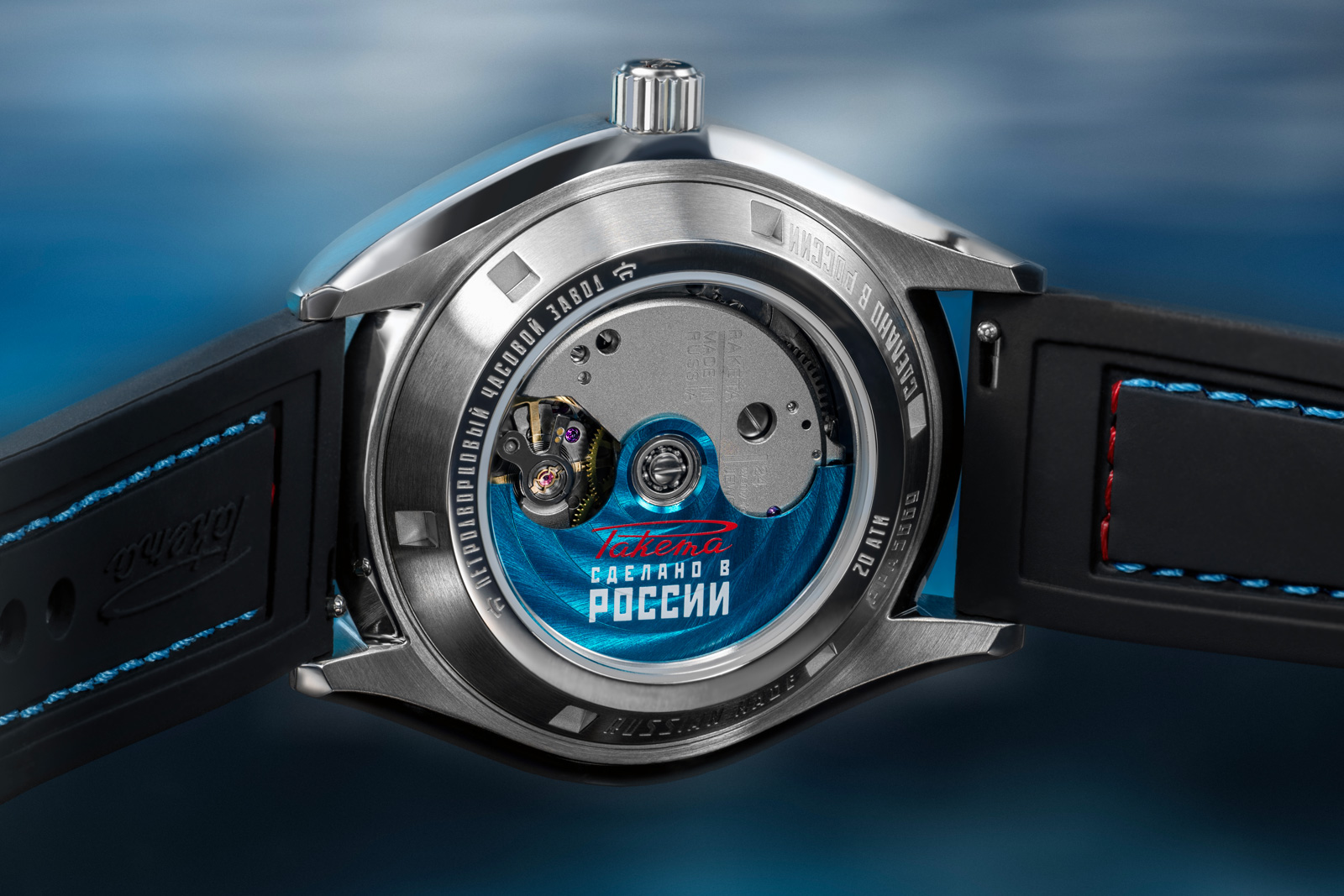
The standard model costs €1,900, and is the quality is as expected for the price. Raketa has improved its quality in recent years, something particularly evident on the case finishing and movement decoration, and the Sonar shows that, albeit with a correspondingly increased price.
The limited edition version with its submarine-titanium bezel is €2,800, a big step up but it is fair and certainly worth it. Not only is the bezel made from a recycled submarine, the watch is delivered with a 1:450 scale model of the Kashalot.
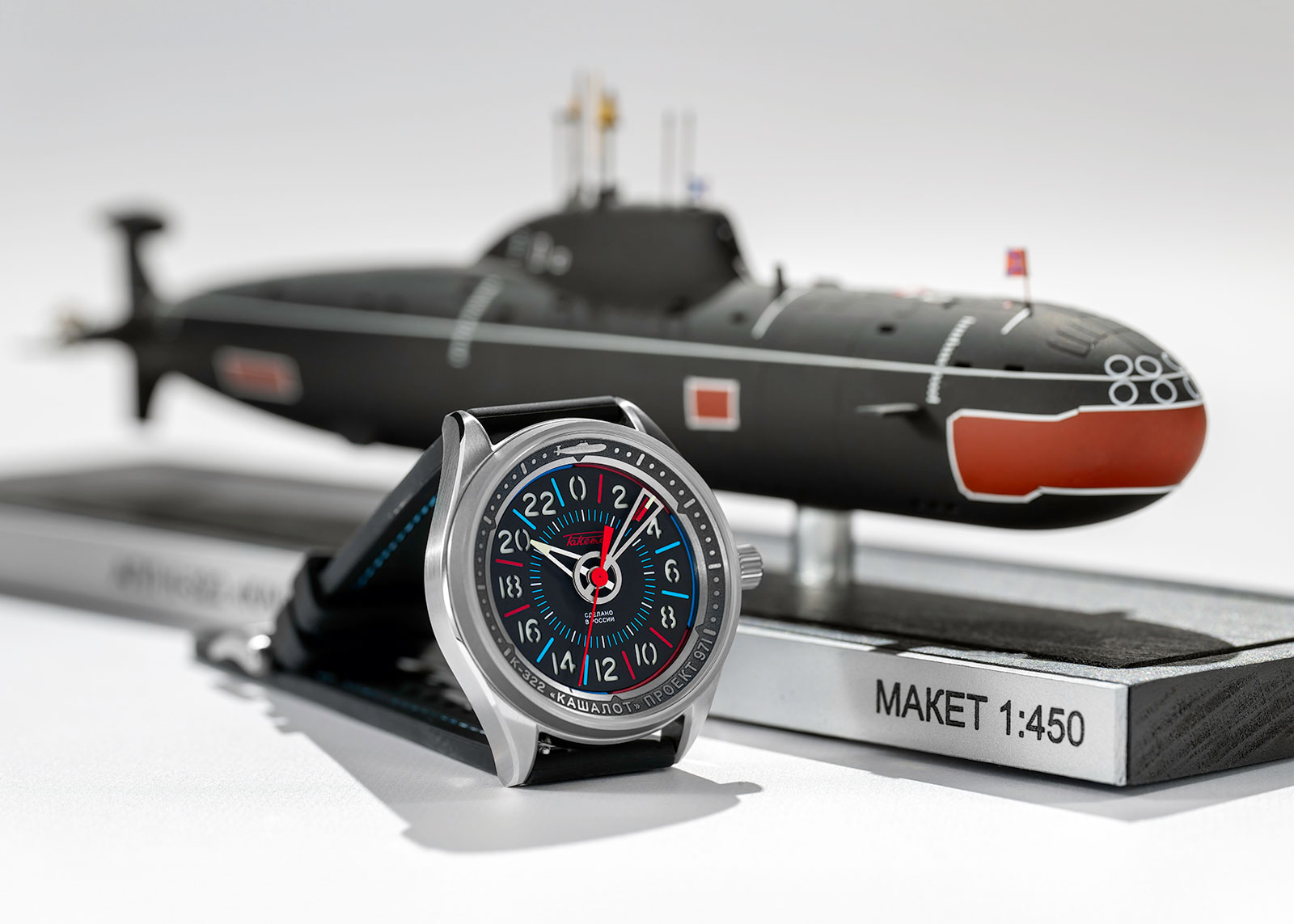
A Soviet submariner’s design
The 24-hour display originates with the Leopard 24 released in 2020 that was designed with the help of Valery Dyakonov, a retired Soviet navy submariner who captained the K-328 Leopard, another Akula-class sub. The 24-hour display allows the crew to distinguish between day and night, while the red and blue segments on the 24-hour chapter ring divide the day into six quarters of four hours each, reflecting the length of a shift on a submarine.
The Sonar retains the basic design of the Leopard 24, but is executed in bolder colours and stronger lines. The “sandwich” dial takes its design cues from the instruments found on submariners, from the typeface for the numerals to the open-worked hands.
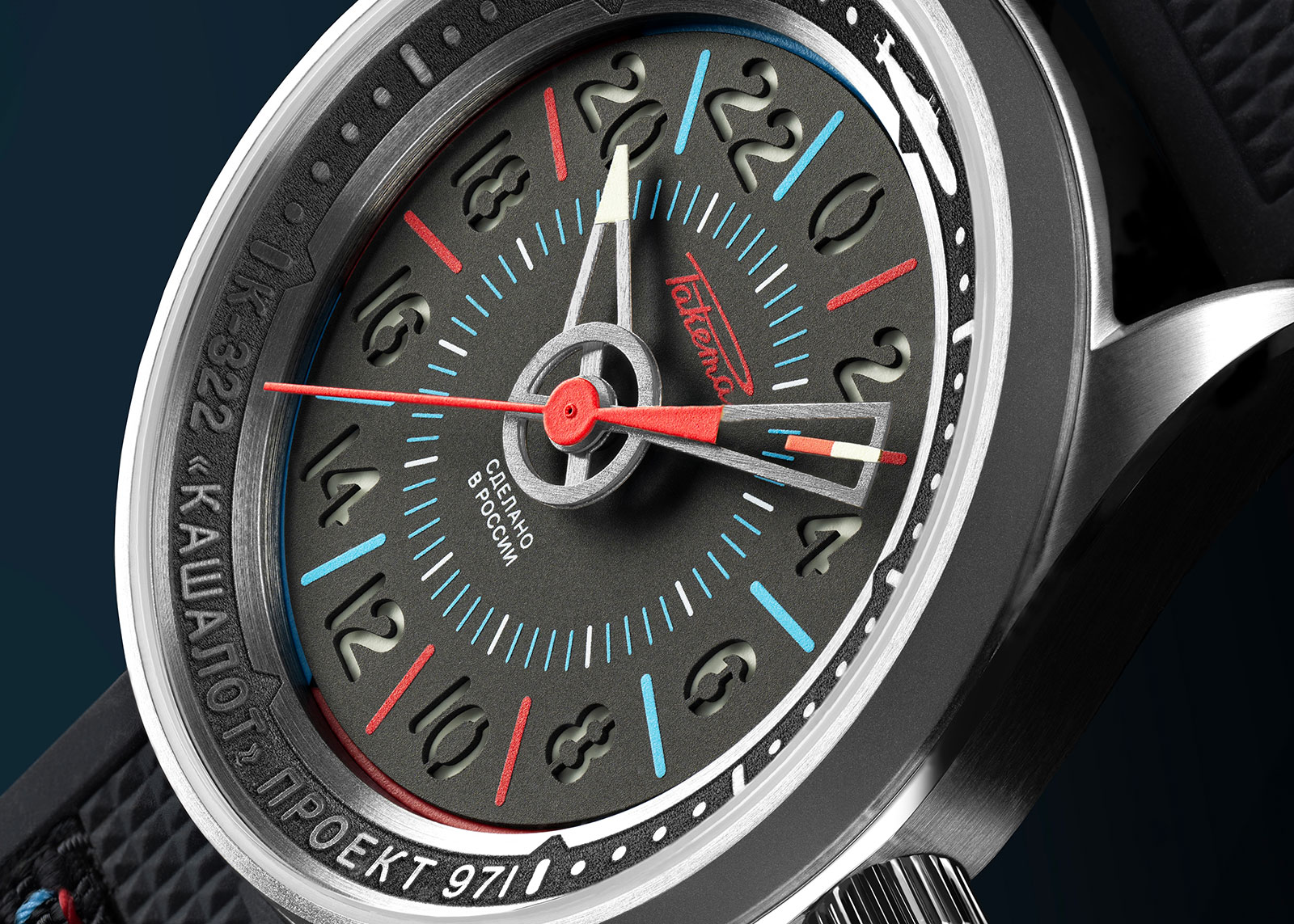
Measuring 44 mm across, the case is substantial and made of conventional stainless steel. The only difference found between the regular production Sonar and the limited edition is the bezel, which is steel on the former but recycled submarine titanium on the Sonar Kashalot. Additionally, the limited edition has a small depiction of the Kashalot on the minute track at 12 clock along with the name of the full submarine in Cyrillic.
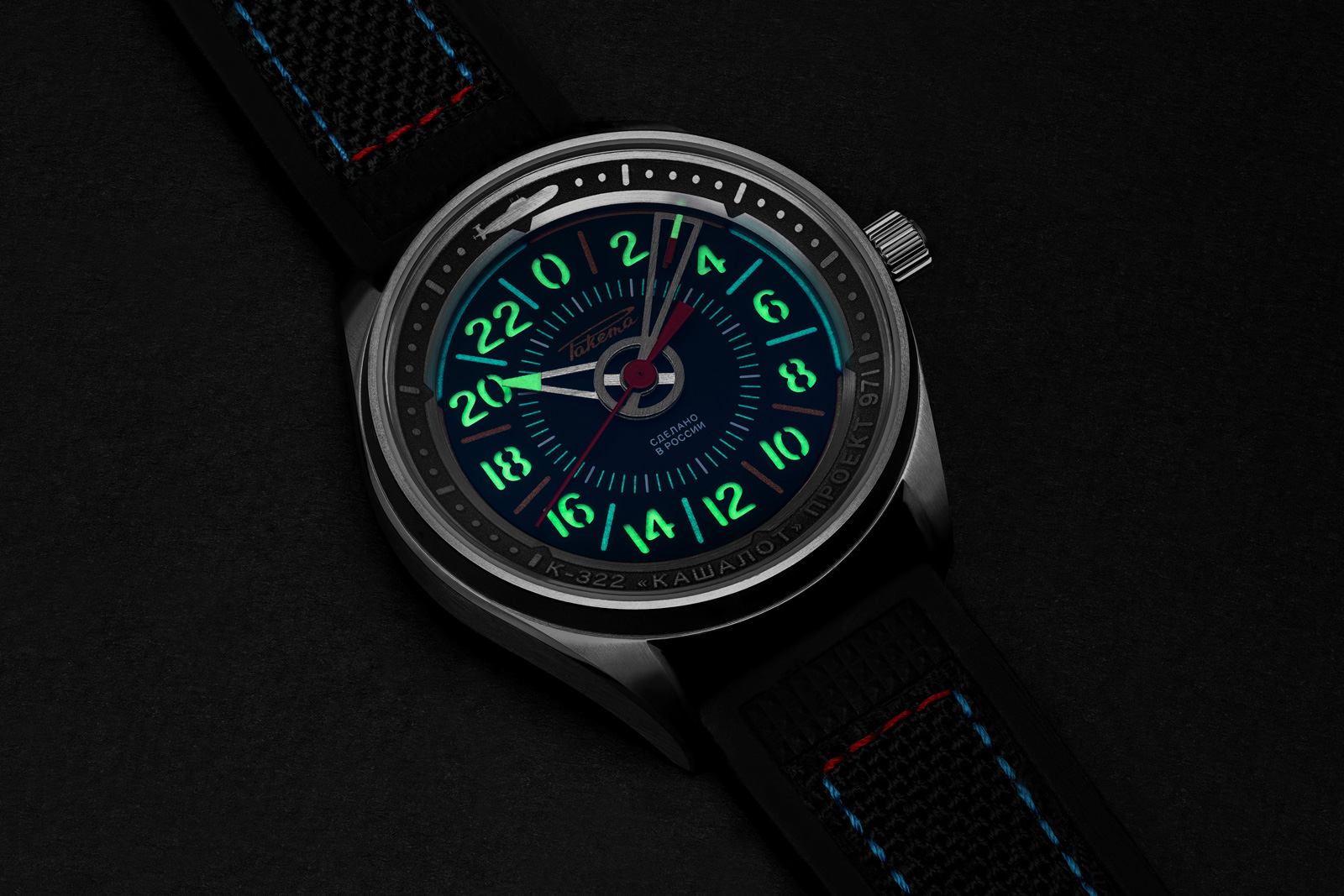
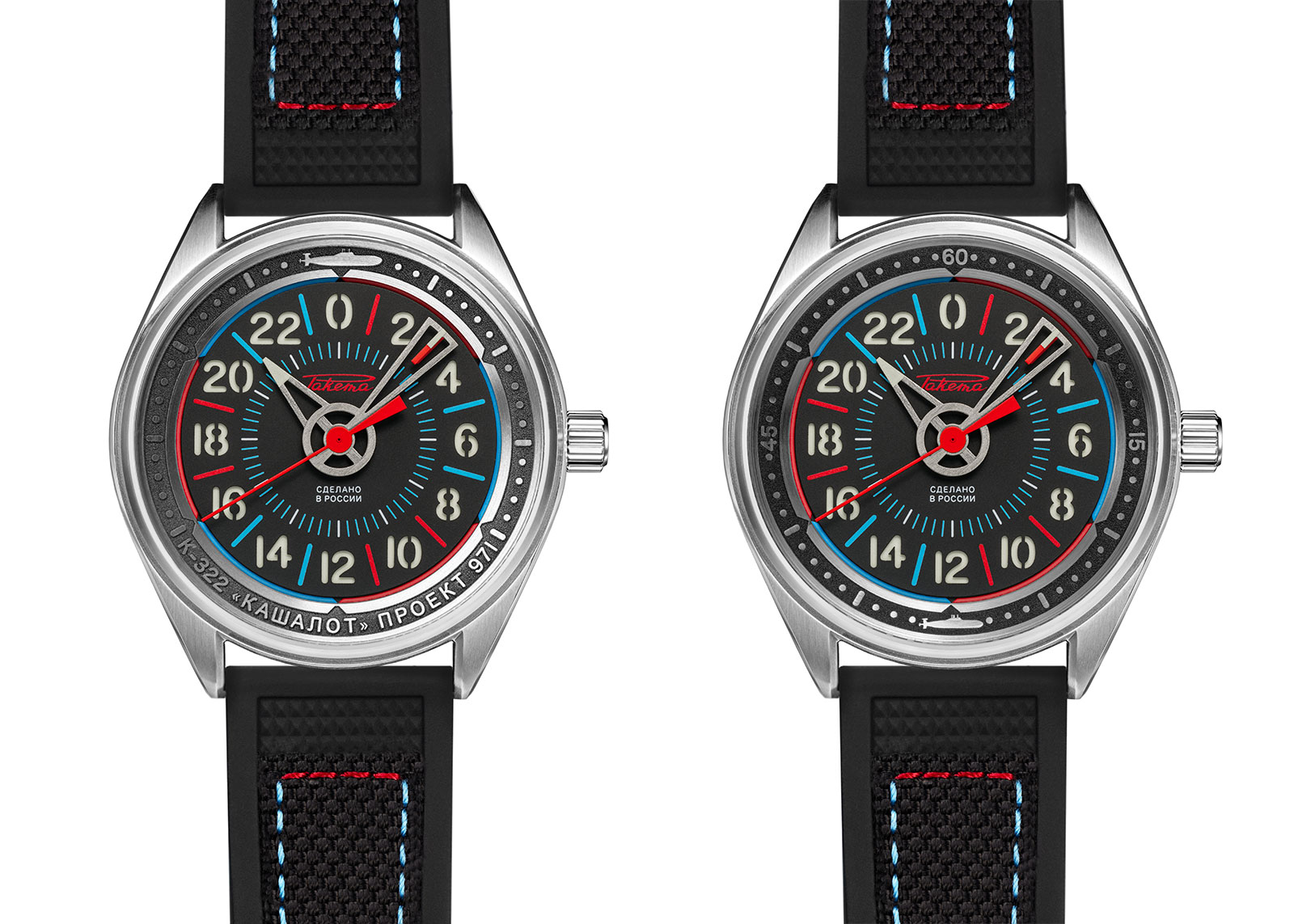
The limited-edition Sonar Kashalot (left), and regular production Sonar
The cal. 2624A inside is an in-house calibre with a 40 hour power reserve that is derived from a Soviet-era movement. Compared to earlier versions of the calibre, the version in the Sonar boasts more decorative finishing, including frosting on the barrel bridge and spiral striping on the rotor. Artisanal decoration it is not, but it is fit for purpose considering the price. The movement also echoes the red and blue colour scheme on the front with a blue rotor punctuated by the red Raketa logo.
And to further the naval connection Raketa has partnered with Moscow-based clothing brand Submariner for a line of apparel including t-shirts, hoodies, and hats with glow-in-the-dark and reflective logos, which will be available from Racket’s online store.

Key facts and price
Raketa Sonar and Sonar Kashalot
Diameter: 44 mm
Height: 14.25 mm
Material: Stainless steel
Crystal: Sapphire
Water resistance: 200 m
Movement: Cal. 2624A
Features: 24 hours, minutes and seconds
Frequency: 18,000 beats per hour (2.5 Hz)
Winding: Automatic
Power reserve: 40 hours
Strap: Rubber
Limited edition: Regular production, except for the Sonar Kashalot (300 pieces)
Availability: From Raketa retailers and online store
Price: €1,900 for the Sonar and €2,800 for the Sonar Kashalot
For more, visit Raketa.com.
Back to top.

